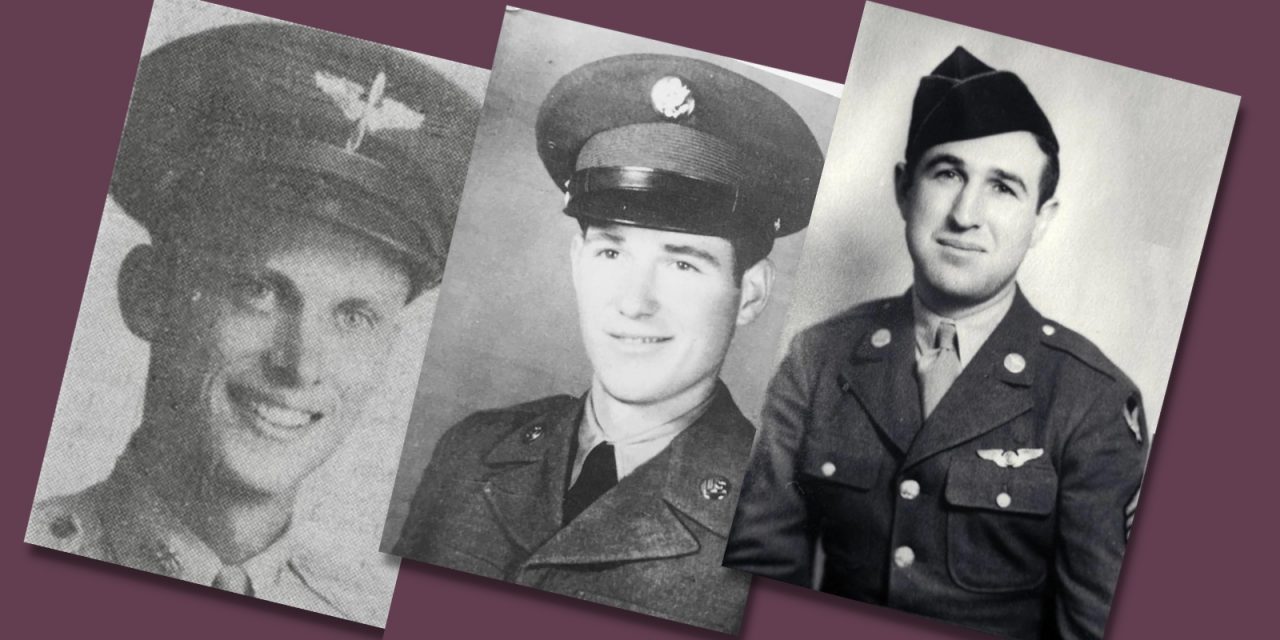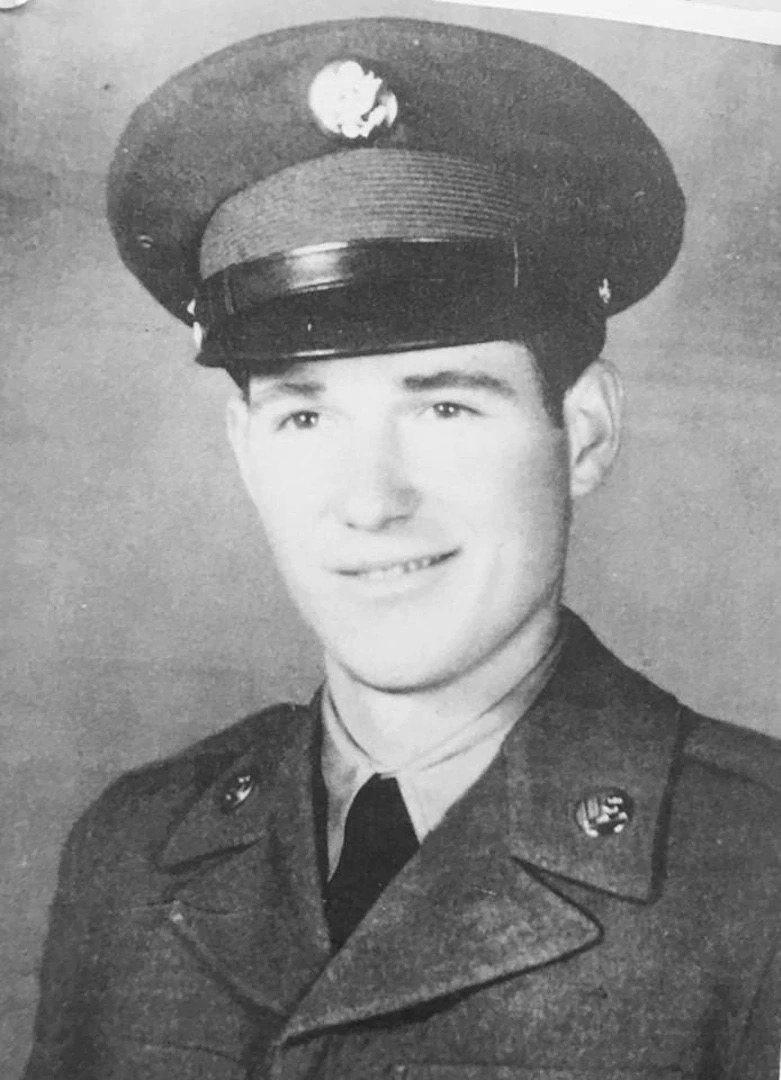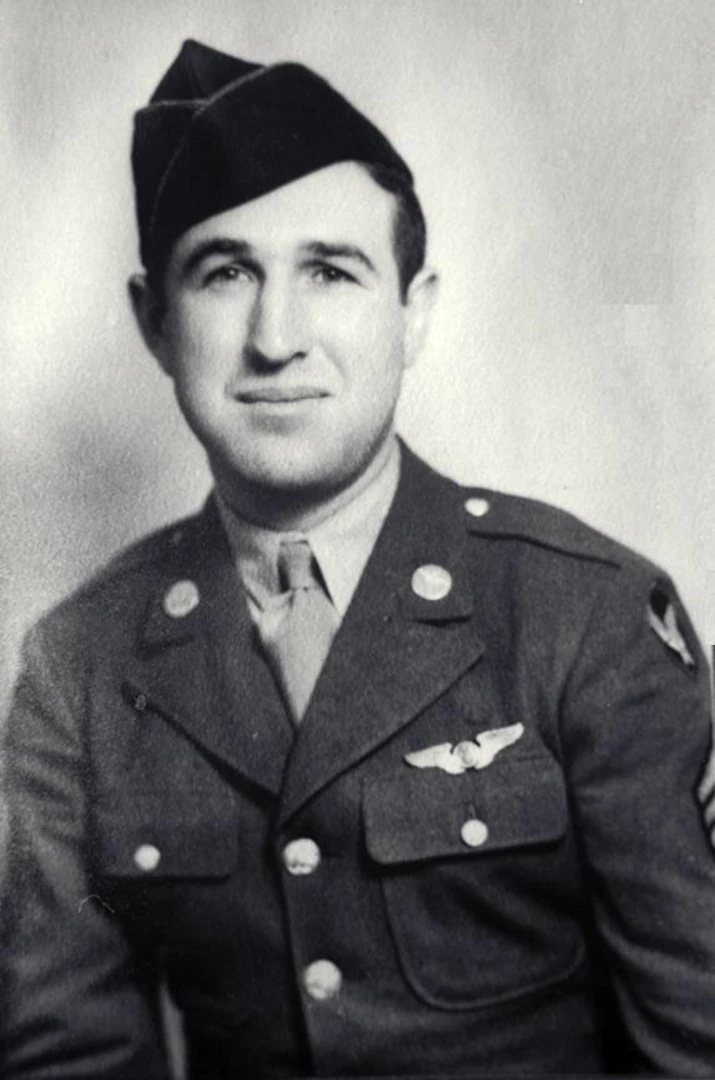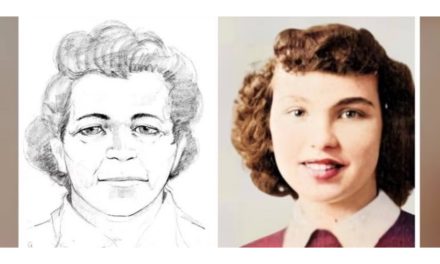The US Defense POW/MIA Accounting Agency identifies servicemen in the effort to provide the fullest possible accounting for US missing personnel to their families and the nation.
The Agency works to identify the remains of service personnel reported as missing in action. As of the end of November 2022, the US Defense Accounting agency has successfully identified 14 US soldiers. Below are the details of some of these findings:
Table of Contents
Airman accounted for from World War II (Dyer, W.)
U.S. Army Air Forces 2nd Lt. Wayne L. Dyer, 22, of Hobart, Oklahoma killed during World War II.
In May 1944, Dyer was assigned to the 569th Bombardment Squadron, 390th Bombardment Group (Heavy), 13th Bombardment Wing, 3rd Air Division, 8th Air Force. He was the navigator of a B-17G Flying Fortress bomber during a huge bombing mission over Leipzig, Germany, on May 29. Enemy fighters attacked the bomber’s formation roughly 28 miles northeast Leipzig, and the plane was shot down. Six of the 10 crew members were able to escape the plane before it crashed near Horst, while the rest, including Dyer, were killed.
In July 2012, an investigation team from the Joint POW/MIA Accounting Command, a DPAA predecessor organisation, found the crash site and recovered evidence of a B-17 crash. In 2015, DPAA received permission from the land-owner to excavate. DPAA contracted History Flight, Inc. to excavate the site, which they did between July 17 and Aug. 12, 2019. They recovered possible material evidence and possible remains, which was first turned over to the local authorities and then sent to the DPAA Laboratory at Offutt Air Force Base, Nebraska, for scientific analysis.
To identify Dyer’s remains, scientists from DPAA used dental and anthropological analysis, as well as circumstantial and material evidence. Additionally, scientists from the Armed Forces Medical Examiner System used mitochondrial DNA analysis.
Soldier accounted for from the Korean War (Wright, R.)
U.S. Army Pfc. Robert A. Wright, 18, of Whitesville, KY, was killed during the Korean War.
In July 1950, Wright was a member of C Company, 1st Battalion, 19th Infantry Regiment, 24th Infantry Division. He went missing in action during fighting along the Kum River near Taejon, South Korea, on July 16. Due to the fighting, his body could not be recovered at that time, and there was never any evidence that he was a prisoner of war. The Army issued a presumptive finding of death on Dec. 31, 1953.
After regaining control of Taejon in the fall of 1950, the Army began recovering remains from the area and temporarily interring them at the United Nations Military Cemetery (UNMC) Taejon. One set of remains recovered during this period was designated Unknown X-296 Taejon. After extensive analysis by the Central Identification Unit-Kokura in Japan was unable to identify X-296, the remains were declared unidentifiable. They were later sent to Hawaii where they were buried at the National Memorial Cemetery of the Pacific, known as the Punchbowl, in Honolulu, with other Korean War Unknowns.
In July 2018, the DPAA proposed a plan to disinter 652 Korean War Unknowns from the Punchbowl. On June 10, 2019, DPAA disinterred Unknown X-296 as part of Phase Two of the Korean War Disinterment Project and sent the remains to the DPAA laboratory at Joint Base Pearl Harbor-Hickam, Hawaii, for analysis.
To identify Wright’s remains, scientists from DPAA used dental and anthropological analysis, as well as circumstantial evidence. Additionally, scientists from the Armed Forces Medical Examiner System used mitochondrial DNA analysis.
Airman accounted for from World War II (Nies, W.)
U.S. Army Air Forces Staff Sgt. Walter Nies, 23, of Eureka, South Dakota, was killed during World War II.
In the winter of 1944, Nies was assigned to the 96th Bombardment Squadron, 2nd Bombardment Group (Heavy), 15th Air Force. On January 24, he was the tail gunner aboard a B-17F Flying Fortress bomber that was part bombardment mission to Sofia, Bulgaria. German fighters attacked the B-17’s formation over Yugoslavia while it was attempting to return to its home base in Italy. The attack was largely ineffectual, but Nies’ aircraft began having engine trouble shortly after and was forced to crash land on a beach near Ulcinj, Montenegro. The crew was captured by the Germans and all of the enlisted men, including Nies, were sent to Stalag Luft 6, a prisoner of war camp in Heydekrug, Germany. Nies was one of only three Americans who died in that POW camp.
DPAA partnered with Ohio Valley Archeology, Inc. (OVAI) in 2019, and an OVAI team investigated the sight that September, finding possible gravesites for the three missing Americans. A Lithuanian archeological group called Kulturos Vertybiu Globa (Guardianship of Cultural Values) was also active in the area and was planning an excavation of Polish and Lithuanian remains near Stalag Luft 6, so DPAA partnered with them to excavate the possible gravesites, which they did in August 2021. The remains found at the site were transferred to the DPAA Laboratory at Offutt Air Force Base, Nebraska, for analysis.
To identify Nies’ remains, scientists from DPAA used dental and anthropological analysis, as well as material and circumstantial evidence. Additionally, scientists from the Armed Forces Medical Examiner System used mitochondrial DNA and Y chromosome DNA (Y-STR) analysis.
Source: https://www.dpaa.mil/News-Stories/News-Releases/Year/2022/Month/11/







